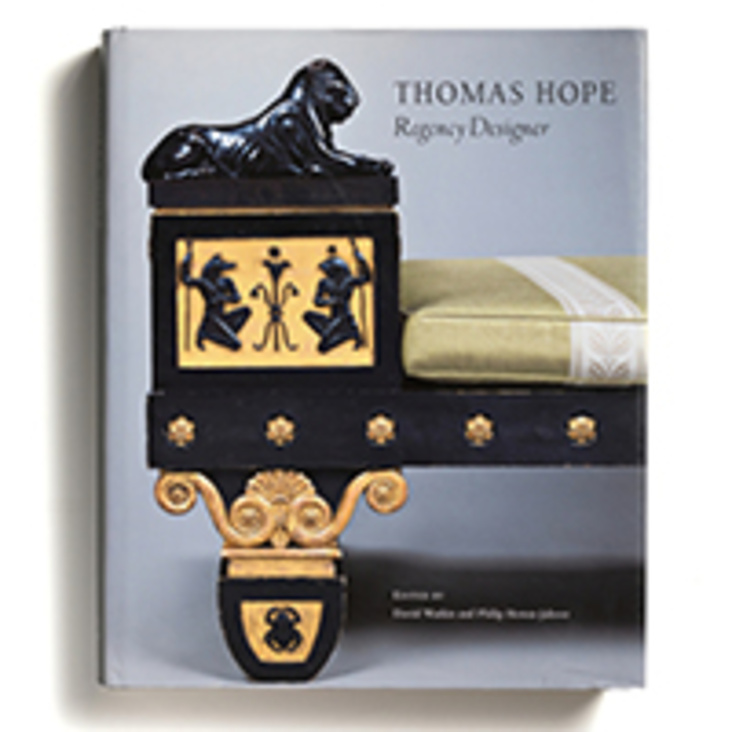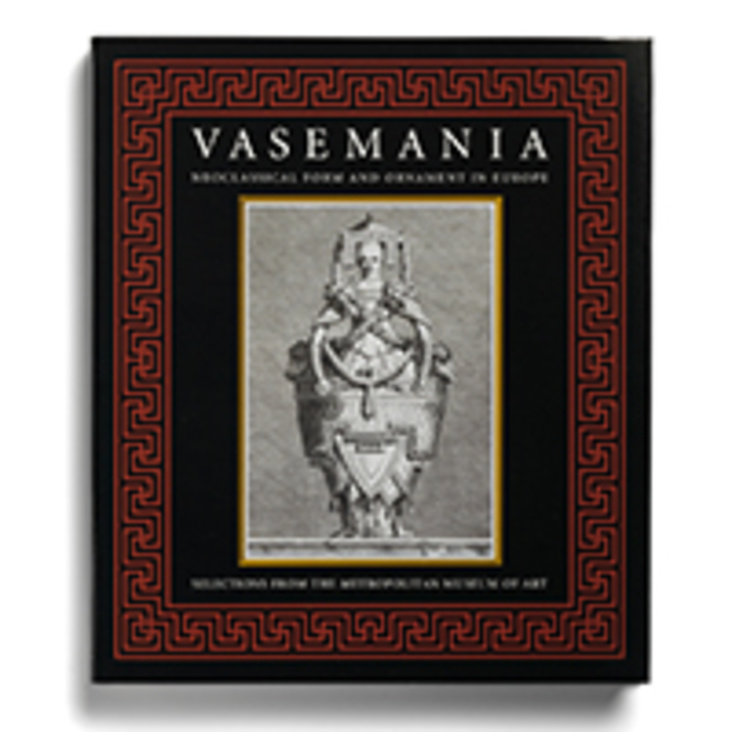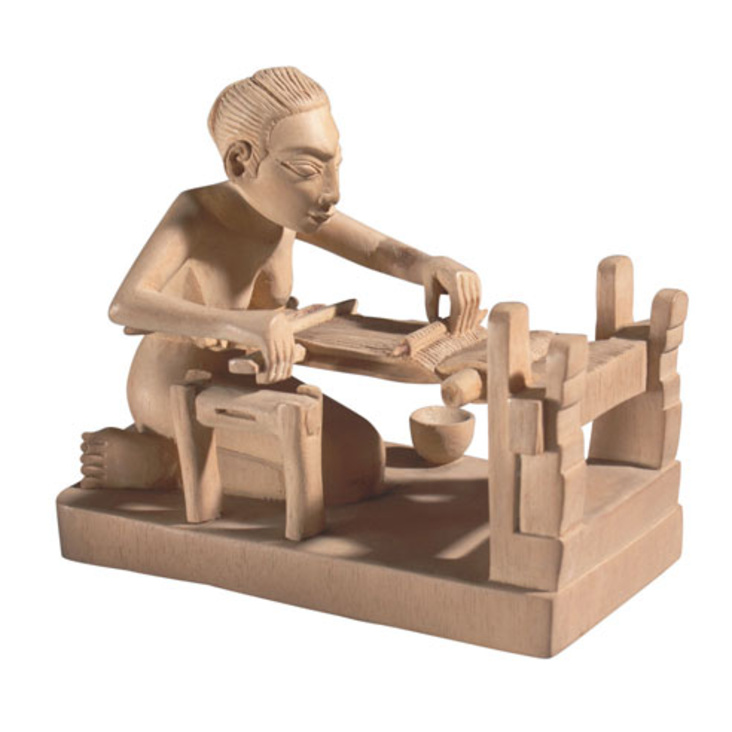This comprehensive exhibition was the first devoted solely to Stuart, and its accompanying catalogue (produced by the Bard Graduate Center and Yale University Press) finally brought attention to the life and extraordinary work of this important architect and designer. The assemblage of 150 works was unprecedented and came from a variety of public and private collections in the United States and Great Britain, the most important being the Morgan Library, Beinecke Rare Book and Manuscript Library at Yale University, Royal Institute of British Architects, Royal Collection, Victoria & Albert Museum, National Trust, and Sir John Soane’s Museum.
James “Athenian” Stuart played a key role in the development of neoclassicism. Enormously talented and active as a draughtsman, architect, and designer of furnishings, interiors, and metalwork, Stuart enjoyed a career that paralleled and even rivaled that of the better-known Robert Adam. However, it was said that he was less interested in money and the work associated with making it than in living the good life, which kept him from realizing his full potential. Still, although his architectural output was relatively small, it did include several major buildings, including the Doric temple at Hagley (1758), the earliest Greek-revival style building in Europe. Stuart’s publications included the widely celebrated and hugely influential The Antiquities of Athens, initially published with Nicholas Revett. The first volume appeared in 1762, followed by volumes in 1789 and 1795. Antiquities was eventually translated into French, German, and Italian, and it continued to serve as a principal neoclassical source book well into the 19th century. As Stuart himself stated, the primary purpose of the work was to expand the classical repertoire of architects and designers and to “contribute to the improvement of the Art itself, which at present appears to be founded on too partial and too scanty a system of ancient examples.”
But it is for his work in interiors and the decorative arts that Stuart is best known today. His designs for neoclassical furniture, in particular, have established him as a major figure of the period, and superb examples were included in this exhibition. His innovative manner of decoration is best observed in Spencer House (1756-1766), where his major contributions were a suite of private first-floor rooms and the amazing suite of public rooms that includes Lady Spencer’s Dressing Room, the Great Room, and the Painted Room. Spencer House, a pioneering example of neoclassical architecture, was the first example in London to feature the application of accurate Greek detail to interior decoration. The rooms designed by Stuart have been described as “the most magnificent domestic interiors of 18th-century London, unsurpassed for the dazzling quality of the fittings and the unity of architecture, furniture and decoration.”
Stuart was born in London and showed an early interest in classical antiquity, going so far as to teach himself Greek and Latin. Early on he showed a real talent for drawing and painting, both of which he exercised throughout his life. Between 1751 and 1753 he and Revett painstakingly surveyed the buildings of ancient Greece in preparation for The Antiquities of Athens. (The trip was not without interesting adventures. One person pulled down a house so that Revett and Stuart could get a better view of the Tower of the Winds. On another occasion, Stuart narrowly escaped murder by some Turks he fell in with on his way to Constantinople. He also got into a fight with a Greek consul that, fortunately, was overlooked by the authorities.)
Although his architectural commissions fell off after the 1760s, Stuart continued to produce designs for Wedgwood and other manufacturers and to be active in other fields, ranging from metalwork to book frontispieces and funerary monuments, all of which were represented in the exhibition.
The exhibition was arranged both thematically and chronologically, with a particular focus on Stuart’s early travels and the relationships he formed with important patrons throughout his career. It began with a brief biographical section that explored Stuart’s early training and featured a selection of portraits of Stuart, including a self-portrait he executed as a young man. A gallery devoted to Stuart’s travels throughout Italy and Greece followed and included his one surviving sketchbook. This sketchbook was created during one of Stuart’s Italian journeys and provides valuable insight into his interest in antiquity and Roman architecture. The highlight was an in-depth study of Stuart’s landmark work, The Antiquities of Athens. On display were editions of this publication (including a rare subscription edition in a binding designed by Stuart) as well as many of Stuart’s original gouache views of Greece, on loan from the collections of the Royal Institute of British Architects and never before on display at one time.
The remainder of the exhibition included the designs for interiors that Stuart completed for Spencer House and Kedleston Hall, with original drawings of the interiors, photographs, and select examples of furniture. Some of the original furniture Stuart designed for Spencer House, currently in the Victoria & Albert Museum, was included. In addition to private home interiors, Stuart was commissioned to design garden structures and public works. These projects were represented by photographs that were produced specifically for the exhibition and by original architectural plans and drawings executed by Stuart.
Organized by Bard Graduate Center and curated by Dr. Susan Weber, Founder and Director of the Bard Graduate Center and a specialist in British design. After opening at the Bard Graduate Center, the exhibition traveled to the Victoria & Albert Museum in London.
Country Houses video by Han Vu
Spencer House video by Han Vu
Monuments video by Han Vu










.jpg,732x732,c)


















